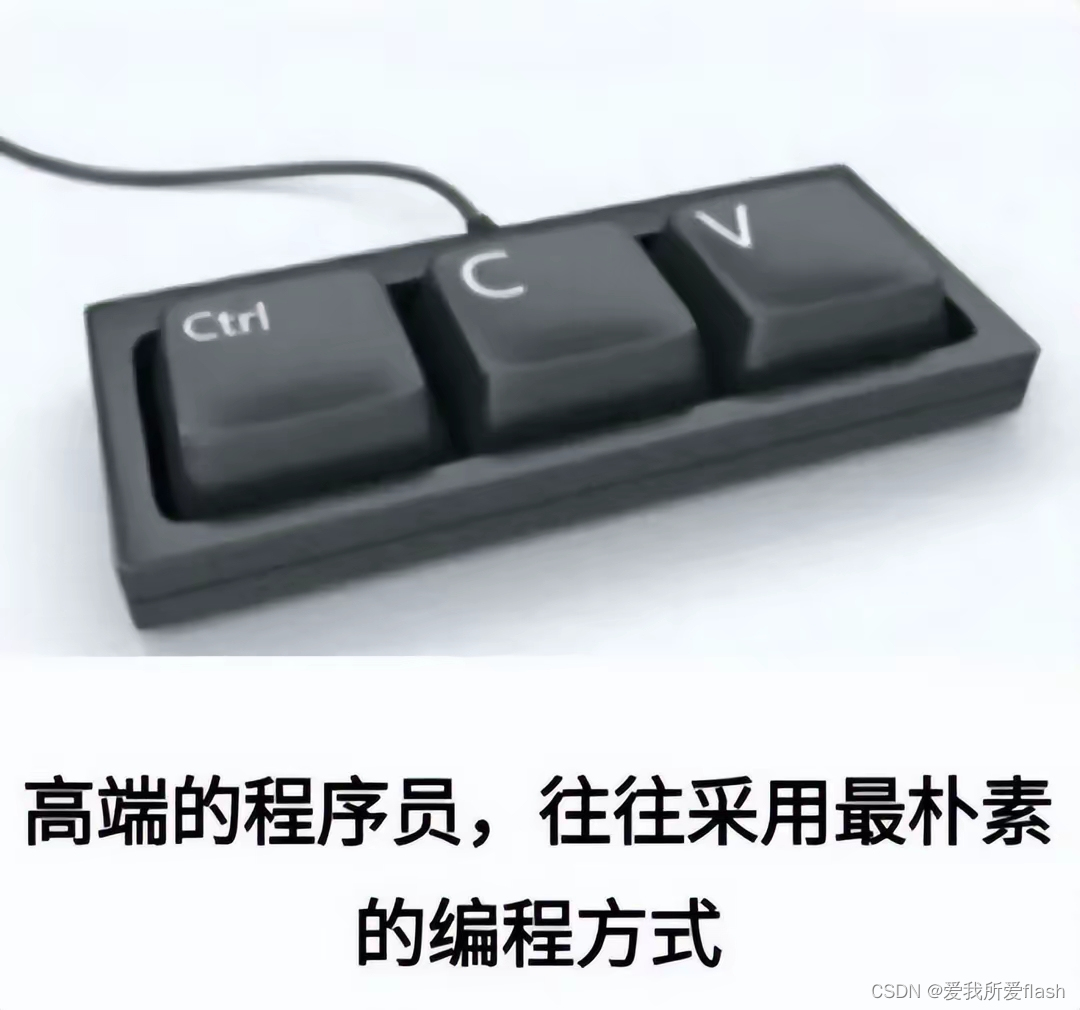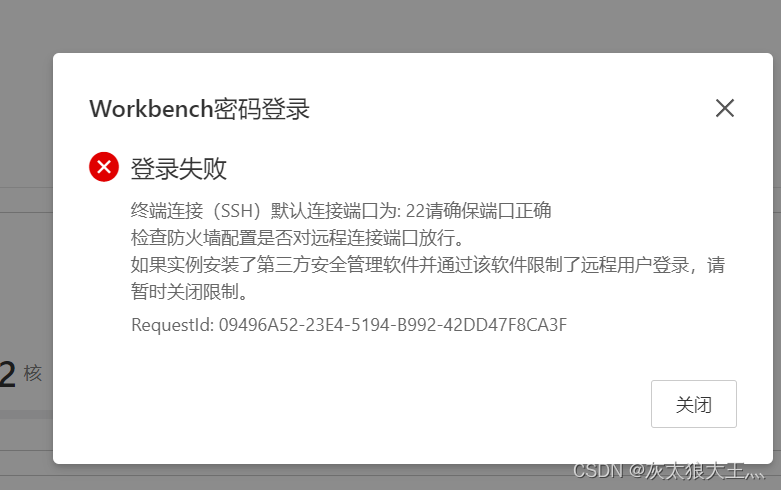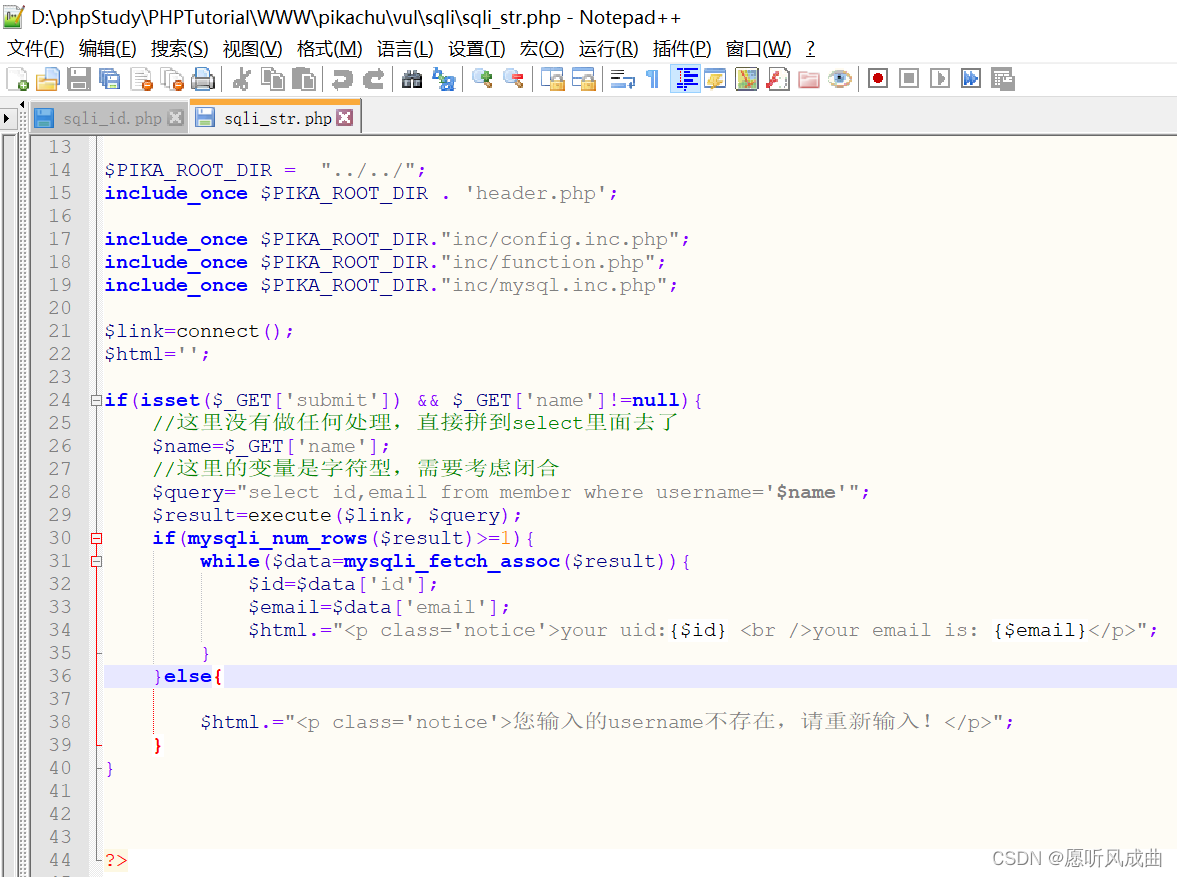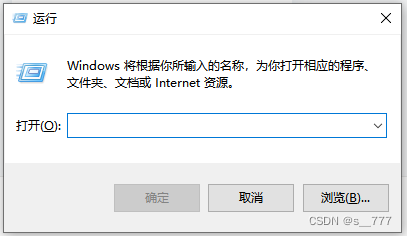目录
1、需求
2、逻辑处理
3、代码实现
4、总结
1、需求
使用java代码实现数据帧的接收需求,完成数据到数据库的存储。
2、逻辑处理
由于udp传输不保证数据的有序性、可靠性,所以在做业务开发的时候,要程序员自己考虑需求完善udp的缺陷。因此我们定义几个字段保证数据的有序,对于可靠性未进行考虑。
3、代码实现
监听端口55000,等待数据的发送:
@Service
public class UDPReceiverSuper {
private static final int BUFFER_SIZE = 1044;
private static final int HEAD_SIZE = 20;
private static final int DATA_SIZE = 1024;
private static final int MAX_BUFFER_SIZE = 1 * 1024 * 1024; // 缓冲器大小设置为1MB
private static final double MAX_BUFFER_THRESHOLD = 0.8; // 缓冲区阈值
private static final int MAX_BUFFER_INDEX = (int) (MAX_BUFFER_SIZE * MAX_BUFFER_THRESHOLD / DATA_SIZE); //缓冲区元素数量阈值
//timestampToBufferMap存储的是:时间戳,TreeMap,TreeMap里面存储的是:当前包序号,接受数据的对象
private Map<Long, ConcurrentHashMap<Long, DatagramPacket>> timestampToBufferMap = new HashMap();
private long timeStamp;
private boolean isClosed = false;// 使用阻塞队列作为缓冲区
private long errorPackageSum = 0;
private int frameNum; //用于帧计数
Thread udpReceiverThread;
@Value("${GK.GKOriginalDataFilePath}")
private String GKOriginalDataFilePath; // 管控原始数据文件存储路径
@Value("${HP.storagePath}")
private String storagePath; //高性能数据接收路径
@Autowired
private INetworkConfigService networkConfigService;
@Autowired
private DealGkDataServiceSuperWithNewThread dealGkDataServiceSuperWithNewThread;
@Autowired
private DealGkDataServiceSuperWithThreadPoolAndBuffer dealGkDataServiceSuperWithThreadPoolAndBuffer;
@Autowired
private DealGkDataServiceSuperWithThreadPool dealGkDataServiceSuperWithThreadPool;
@Autowired
private SaveGKOriginalDataService saveGKOriginalDataService;
@Autowired
private SaveGKOriginalDataServiceWithBuffer saveGKOriginalDataServiceWithBuffer;
public UDPReceiverSuper() {
}
public void start() {
//创建父文件夹
Path path = Paths.get(storagePath);
if (Files.notExists(path)) {
try {
Files.createDirectories(path);
System.out.println("Directories created successfully: " + storagePath);
} catch (IOException e) {
System.err.println("Failed to create directories: " + e.getMessage());
}
} else {
System.out.println("Directories already exist: " + storagePath);
}
// 启动接收数据的线程
if (udpReceiverThread == null) {
udpReceiverThread = new Thread(new Receiver());
udpReceiverThread.start();
}
}
//数据帧头定义
private class PackageHeader {
public long id = 0;
public long timestamp = 0;
public long totalPackageNum = 0;
public long currentPackageNum = 0;
public long dataLength = 0;
}
// 接收数据的线程
private class Receiver implements Runnable {
@Override
public void run() {
NetworkConfig networkConfig = networkConfigService.selectNetworkConfigById(1L);
String port = networkConfig.getPort();
String ip = networkConfig.getIp();
System.out.println("实际未绑定ip");
System.out.println("ip: " + ip + " port: " + port);
try {
DatagramSocket ds = new DatagramSocket(Integer.parseInt(port));
if (ds != null) {
isClosed = false;
}
System.out.println("udpReceiver_ds: " + ds + " 等待接收数据......");
while (true) {
if (isClosed) {
break;
}
byte[] receiveData = new byte[BUFFER_SIZE]; //接收数据缓存区,大小为1044
DatagramPacket receivePacket = new DatagramPacket(receiveData, receiveData.length);
ds.receive(receivePacket); //接收数据
byte[] data1 = receivePacket.getData();
frameNum++;
// System.out.println("当前帧数为: " + frameNum); //todo 用于打印输出当前接收到的帧数
ByteBuffer byteBuffer1 = ByteBuffer.allocate(data1.length);
byteBuffer1.put(data1);
byteBuffer1.flip(); //flip操作是将:写模式切换到读模式,将‘limit’设置为当前的‘position’,将‘position’重置为0
// ByteBuffer byteBuffer1 = ByteBuffer.allocate(receiveData.length);
// byteBuffer1.put(receiveData);
// byteBuffer1.flip(); //flip操作是将:写模式切换到读模式,将‘limit’设置为当前的‘position’,将‘position’重置为0
/*两种情况:1、接收管控 2、接收高性能*/
byteBuffer1.order(ByteOrder.LITTLE_ENDIAN); //转化为小端
int headerType = byteBuffer1.getInt(); //得到设备标识符
if (headerType == 1) {
/*解决方法一: 这个是采用多线程的方式进行写入数据到txt文件*/
saveGKOriginalDataService.saveGKOriginalData(receivePacket, GKOriginalDataFilePath);
/*解决方法二:直接处理管控的函数*/
// dealGkDataServiceSuperWithNewThread.dealGKApi(byteBuffer1);
/*解决方法三:在UDPReceiverSuperSuper类里面,并且要在NetworkConfigController中进行函数*/
/*解决方法四:使用线程池的方式解决,每接收一帧,就开始处理*/
// dealGkDataServiceSuperWithThreadPoolAndBuffer.dealGKApi(byteBuffer1);
/*解决方法五:直接开启线程进行处理数据,这个方法是对的*/
dealGkDataServiceSuperWithThreadPool.dealGKApi(byteBuffer1);
/*解决方法六:将接收到的数据存储到缓冲区中,然后使用多线程从缓冲区中取出,方法实现写在method3中*/
} 业务处理逻辑:
package com.ruoyi.system.service.customService.dealGKService_ThreadPool;
import com.ruoyi.system.domain.*;
import com.ruoyi.system.mapper.*;
import com.ruoyi.system.utlis.CSVFileUtil;
import com.ruoyi.system.utlis.ConvertUtil;
import org.springframework.beans.factory.annotation.Autowired;
import org.springframework.beans.factory.annotation.Value;
import org.springframework.stereotype.Service;
import java.io.IOException;
import java.nio.ByteBuffer;
import java.nio.ByteOrder;
import java.nio.charset.StandardCharsets;
import java.nio.file.Files;
import java.nio.file.Path;
import java.nio.file.Paths;
import java.sql.SQLIntegrityConstraintViolationException;
import java.util.HashMap;
import java.util.Map;
import java.util.concurrent.*;
import java.util.concurrent.atomic.LongAdder;
/**
* @Author 不要有情绪的 ljy
* @Date 2024/3/22 15:54
* @Description:
*/
@Service
public class DealGkDataServiceSuperWithThreadPool {
@Value("${GK.statusLogPath}")
private String stateLogFilePath; //状态日志存储路径
@Autowired
private OperateLogInfoMapper operateLogInfoMapper;
@Autowired
private InstructLogInfoMapper instructLogInfoMapper;
@Autowired
private Instruct1553bLogInfoMapper instruct1553bLogInfoMapper;
@Autowired
private InstructRs422LogInfoMapper instructRs422LogInfoMapper;
@Autowired
private StateLogInfoMapper stateLogInfoMapper;
@Autowired
private ErrorLogInfoMapper errorLogInfoMapper;
int frontTimeFlag = -1;
private int currentReceivedFrameNum = 0; //用于计算管控接收帧数
private Map<Integer, BlockingQueue<byte[]>> currTimeFlagToQueue = new HashMap<>();
int threadNum = 1;
private ExecutorService threadPool;
private Counter counter = new Counter();
public DealGkDataServiceSuperWithThreadPool() {
int corePoolSize = Runtime.getRuntime().availableProcessors() * 2;
System.out.println("核心线程数: " + corePoolSize);
int maximumPoolSize = corePoolSize * 2;
long keepAliveTime = 60L;
threadPool = new ThreadPoolExecutor(
corePoolSize,
maximumPoolSize,
keepAliveTime,
TimeUnit.SECONDS,
new LinkedBlockingQueue<>()
);
}
public void dealGKApi(ByteBuffer byteBuffer) {
currentReceivedFrameNum++;
if (currentReceivedFrameNum % 1000 == 0) {
System.out.println("管控当前接收的数据帧数(每隔1000打印一次): " + currentReceivedFrameNum);
}
int currTimeFlag = byteBuffer.getInt(); //当前时间标识,用于区分是否丢包
int packagesTotalNum = byteBuffer.getInt(); //表示当前发送的包总数
int currPackageNum = byteBuffer.getInt(); //表示当前包序号
int messageLength = byteBuffer.getInt(); //消息长度
int remainingBytes = byteBuffer.remaining();
byte[] remainingData = new byte[messageLength]; //用于获取日志长度 1024
if (remainingBytes > 0) {
byteBuffer.get(remainingData); // 获取剩余的字节
threadPool.submit(new GKRunnable(remainingData));
}
}
class GKRunnable implements Runnable {
private byte[] bytes;
public GKRunnable(byte[] remainingData) {
this.bytes = remainingData;
}
@Override
public void run() {
System.out.println("新启动一个线程用于处理管控日志,当前线程名: " + Thread.currentThread().getName());
ByteBuffer byteBuffer = ByteBuffer.allocate(bytes.length); //将不用byte数组放到ByteBuffer中
byteBuffer.put(bytes);
dealWithAssembledFrame(byteBuffer);
}
private void dealWithAssembledFrame(ByteBuffer byteBuffer) {
byteBuffer.flip();
byteBuffer.order(ByteOrder.LITTLE_ENDIAN); //转化为小端
dealLogPart(byteBuffer);
}
/*
todo 要写的内容为:出现错误就要将异常抛出,并且找到帧头的位置
*/
private void dealLogPart(ByteBuffer byteBuffer) {
// /*找到帧头的位置*/
// searchFrameHeaderAndSetPosition(byteBuffer);
while (byteBuffer.position() != byteBuffer.capacity() && (byteBuffer.position() + 4) < byteBuffer.capacity()) {
try {
/*找到帧头的位置*/
searchFrameHeaderAndSetPosition(byteBuffer);
int startPosition = byteBuffer.position();//获取开始的长度
//每个日志都包含的部分
byte[] bytes2 = new byte[2];
byteBuffer.get(bytes2);
String frameHeaderInfo = ConvertUtil.byteArrayToHexString(bytes2); //日志帧头字段
short logLength = byteBuffer.getShort(); //日志长度
int logNumber = byteBuffer.getShort(); //日志编号
// System.out.println(logNumber + logLength);
byte logType = byteBuffer.get();//byte转化为字符串 //日志类型
String logTypeStr = String.format("%02X", logType);
int time = byteBuffer.getInt(); //日志时间
//根据日志类型,选择处理日志剩余方式
if ("01".equals(logTypeStr) || "02".equals(logTypeStr) || "03".equals(logTypeStr)) {
byte sendingAndReceivingBit = byteBuffer.get();
byte sourceDeviceId = byteBuffer.get();
byte targetDeviceId = byteBuffer.get();
//得到日志内容长度 先将日志长度转化为十进制,然后减掉帧头信息,减掉日志长度,减掉日志编号,减掉日志类型、减掉时间,减掉校验码,减掉发送接收位,减掉源原设备ID,减掉目标设备ID
int logContentLength = logLength - 2 - 2 - 2 - 1 - 4 - 1 - 1 - 1 - 1;
String instructDataContent = null;
if ("01".equals(logTypeStr)) { //子地址+数据内容,子地址占1个字节
byte[] bytes = new byte[1];
byteBuffer.get(bytes);
String subAddress = ConvertUtil.byteArrayToHexString(bytes);
int dataContentLength = logContentLength - 1;
byte[] bytes1 = new byte[dataContentLength];// 输出剩余字节的十六进制表示,即指令数据内容
byteBuffer.get(bytes1);
instructDataContent = ConvertUtil.byteArrayToHexString(bytes1);
dealInstruct1553bLog(byteBuffer, startPosition, logLength, logNumber & 0xFFFF, time, sendingAndReceivingBit, sourceDeviceId, targetDeviceId, subAddress, instructDataContent);
} else if ("02".equals(logTypeStr)) { //can指令类型(1个字节) + ID(子地址)+数据内容,ID占4个字节
byte[] bytes = new byte[1];
byteBuffer.get(bytes);
String canInstructType = ConvertUtil.byteArrayToHexString(bytes);
byte[] bytes1 = new byte[4];
byteBuffer.get(bytes1);
String subAddress = ConvertUtil.byteArrayToHexString(bytes1);
int dataContentLength = logContentLength - 1 - 4;
byte[] ID = new byte[dataContentLength];// 输出剩余字节的十六进制表示,即指令数据内容
byteBuffer.get(ID);
instructDataContent = ConvertUtil.byteArrayToHexString(ID);
dealInstructCANLog(byteBuffer, startPosition, logLength, logNumber & 0xFFFF, time, sendingAndReceivingBit, sourceDeviceId, targetDeviceId, canInstructType, subAddress, instructDataContent);
} else if ("03".equals(logTypeStr)) { //数据内容
byte[] bytes1 = new byte[logContentLength];
byteBuffer.get(bytes1);
instructDataContent = ConvertUtil.byteArrayToHexString(bytes1);
dealInstructRs422Log(byteBuffer, startPosition, logLength, logNumber & 0xFFFF, time, sendingAndReceivingBit, sourceDeviceId, targetDeviceId, instructDataContent);
}
} else if ("04".equals(logTypeStr)) {
//存储到excel表中
// dealStateLog(byteBuffer, startPosition, time);
//存储到数据库中
dealStateLog(byteBuffer, startPosition, logLength, logNumber & 0xFFFF, time);
} else if ("05".equals(logTypeStr)) {
dealOperateLog(byteBuffer, startPosition, logLength, logNumber & 0xFFFF, time);
} else if ("06".equals(logTypeStr)) {
dealErrorLog(byteBuffer, startPosition, logLength, logNumber & 0xFFFF, time);
} else {
System.out.println("as;dasd");
}
} catch (Exception e) {
if (e.getCause().toString().contains("SQLIntegrityConstraintViolationException")) {
counter.increment();
}else {
e.printStackTrace();
// System.err.println(e.getMessage());
}
//在处理过程报错了,那么就认为日志内容错误,就要重新寻找帧头的位置
searchFrameHeaderAndSetPosition(byteBuffer);
}
}
System.out.println("线程名称:" + Thread.currentThread().getName() + " 线程id:" + Thread.currentThread().getId() + " 处理完成!");
System.out.println("========"+counter.getCount());
}
private void dealStateLog(ByteBuffer byteBuffer, int startPosition, short logLength, int logNumber, int time) {
byte[] bytes92 = new byte[92]; //将92个长度传递到byte数组中
byteBuffer.get(bytes92);
int endPosition = byteBuffer.position();
byte checkCodeByte = calculateCheckCode(byteBuffer, startPosition, endPosition);
byte checkCode = byteBuffer.get(); //用于校验日志的正确和完整性
boolean logIsIntegrity = logIsIntegrity(checkCode, checkCodeByte);
if (logIsIntegrity) {
StateLogInfo stateLogInfo = new StateLogInfo();
stateLogInfo.setLogLength(Short.toString(logLength));
stateLogInfo.setLogNumber(Long.valueOf(logNumber));
stateLogInfo.setTime(Long.valueOf(time));
// Integer size = stateLogInfoMapper.searchDataIsDuplicate(stateLogInfo);
// if (size > 0) { //判断数据库中是否已经存在
// return;
// }
//将参数设置到stateLogInfo实例中
setParameter(bytes92, stateLogInfo);
stateLogInfoMapper.insertStateLogInfo(stateLogInfo);
} else {
logIsNotIntegrity(byteBuffer, startPosition, endPosition);
}
}
private void searchFrameHeaderAndSetPosition(ByteBuffer byteBuffer) {
/*找到帧头的位置*/
int frameHeaderPosition = findFrameHeaderPosition(byteBuffer, hexStringToByteArray("eafc"));
if (frameHeaderPosition != -1) {
byteBuffer.position(frameHeaderPosition);
} else {
System.out.println("未找到帧头为 eafc 的位置");
return; //说明从头查到尾都没有查到,就直接退出
}
}
/**
* 判断日志是否完整的函数,如果不完整,那么就要找下一个eafc帧头的位置
*
* @param byteBuffer
*/
private void logIsNotIntegrity(ByteBuffer byteBuffer, int startPosition, int endPosition) {
System.out.println("日志不完整!丢掉");
//如果日志不完整,那么就要找到下一帧的头位置
/*找到帧头的位置*/
searchFrameHeaderAndSetPosition(byteBuffer);
}
/**
* 判断是否为完整日志的函数isIntegrity(日志长度 + 帧头 - 校验码)
*
* @param a
* @param b
* @return
*/
private boolean logIsIntegrity(byte a, byte b) {
return a == b;
}
/**
* 计算校验码的函数
*
* @param byteBuffer
* @param startPosition
* @param endPosition
* @return
*/
private byte calculateCheckCode(ByteBuffer byteBuffer, int startPosition, int endPosition) {
int length = endPosition - startPosition;
byteBuffer.position(startPosition);
byte res = 0;
for (int i = 0; i < length; i++) {
byte b = byteBuffer.get();
res += b;
}
return res;
}
/**
* 通过遍历的方式得到帧头的位置
*
* @param byteBuffer
* @param frameHeader
* @return
*/
public int findFrameHeaderPosition(ByteBuffer byteBuffer, byte[] frameHeader) {
// 记录当前位置
int startPosition = byteBuffer.position();
// 遍历 ByteBuffer 从当前位置开始搜索帧头
for (int i = startPosition; i < byteBuffer.limit() - frameHeader.length + 1; i++) {
// 标记当前位置
byteBuffer.position(i);
boolean found = true;
for (int j = 0; j < frameHeader.length; j++) {
if (byteBuffer.get() != frameHeader[j]) {
found = false;
break;
}
}
if (found) {
// 恢复 ByteBuffer 的当前位置
// byteBuffer.position(startPosition);
return i; // 返回帧头 'e' 的位置
}
}
// 恢复 ByteBuffer 的当前位置
// byteBuffer.position(startPosition);
// 如果没有找到,返回 -1 表示未找到
return -1;
}
/**
* 将十六进制字符串转换为字节数组的方法
*
* @param hexString
* @return
*/
public byte[] hexStringToByteArray(String hexString) {
int len = hexString.length();
byte[] byteArray = new byte[len / 2]; // 每两个十六进制字符表示一个字节
for (int i = 0; i < len; i += 2) {
byteArray[i / 2] = (byte) ((Character.digit(hexString.charAt(i), 16) << 4)
+ Character.digit(hexString.charAt(i + 1), 16));
}
return byteArray;
}
}
}
class Counter {
private LongAdder count = new LongAdder();
public void increment() {
count.increment();
}
public int getCount() {
return count.intValue();
}
}
解释:以上代码是采用多线程,将接收到的数据帧解析为日志,并将日志存储到数据库中,根据日志类型不同,存储到不同的数据库表中。
4、总结
采用DatagramPacket实现数据帧接收准备,将接收到的每一帧数据解析为日志,每一帧都交给一个线程去处理,为节省线程频繁创建和销毁的资源,采用多线程。
学习之所以会想睡觉,是因为那是梦开始的地方。
ଘ(੭ˊᵕˋ)੭ (开心) ଘ(੭ˊᵕˋ)੭ (开心)ଘ(੭ˊᵕˋ)੭ (开心)ଘ(੭ˊᵕˋ)੭ (开心)ଘ(੭ˊᵕˋ)੭ (开心)
------不写代码不会凸的小刘
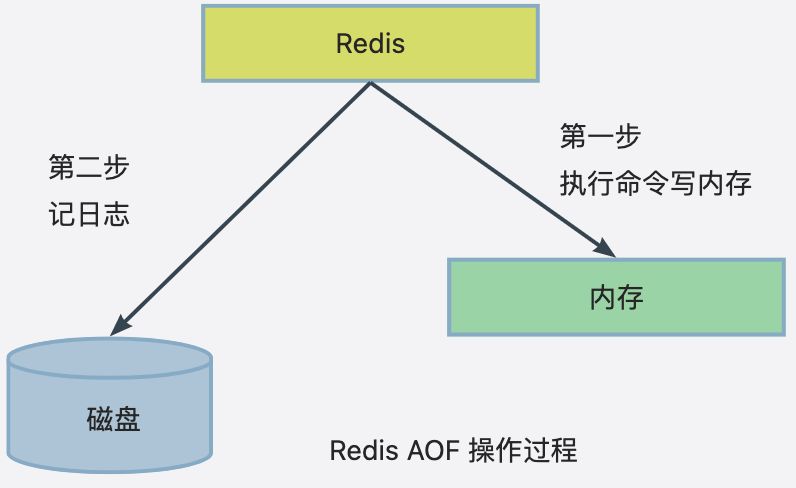
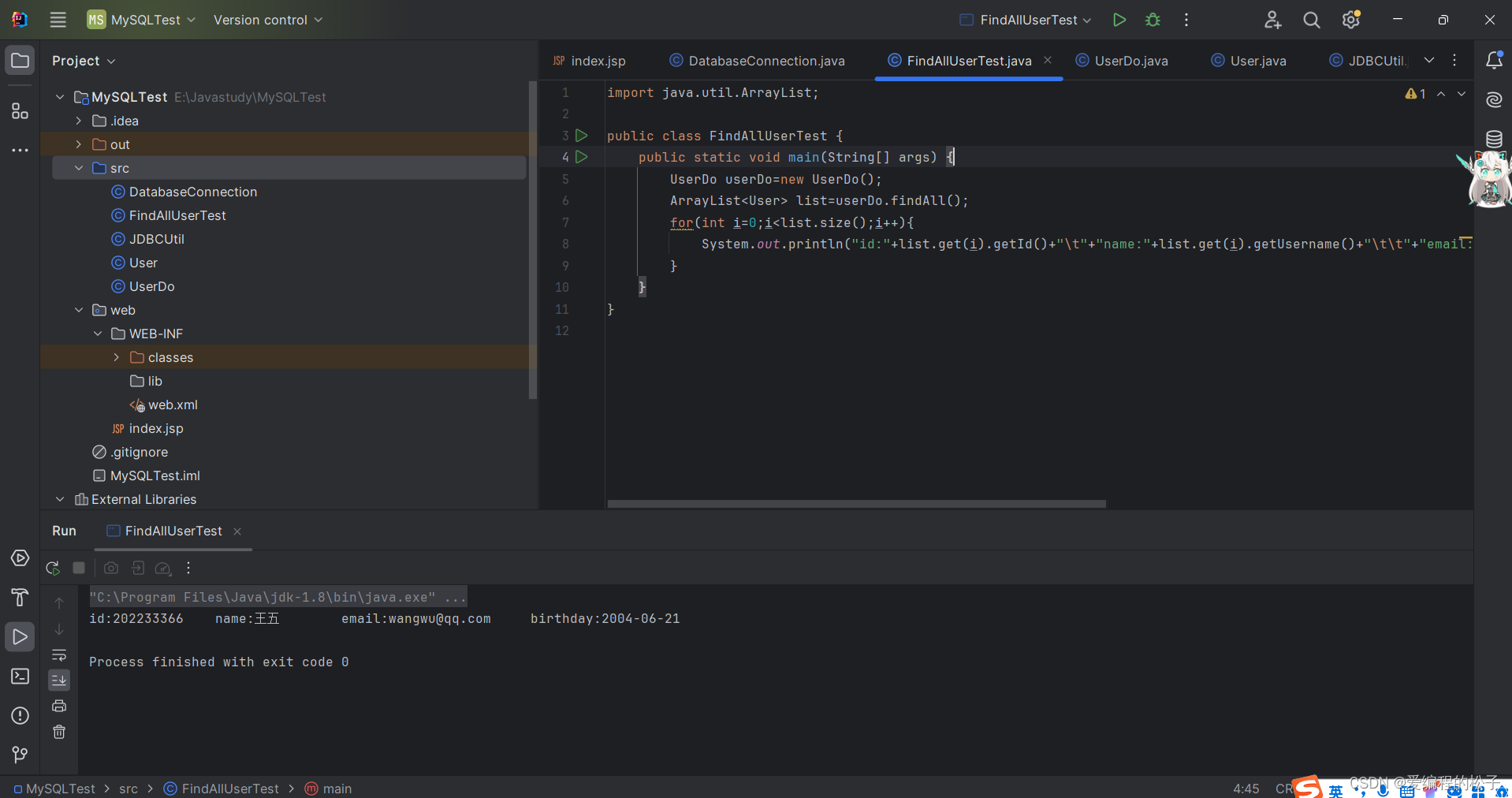

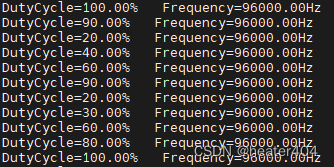
![.[emcrypts@tutanota.de].mkp勒索病毒新变种该如何应对?](https://img-blog.csdnimg.cn/direct/59dca57479c248c6aaf03c43762744a4.jpeg)

![在 Python 中创建列表时,应该写 `[]` 还是 `list()`?](https://img-blog.csdnimg.cn/img_convert/baa1bd72cf0a2fdbe07469bf1683f422.webp?x-oss-process=image/format,png)
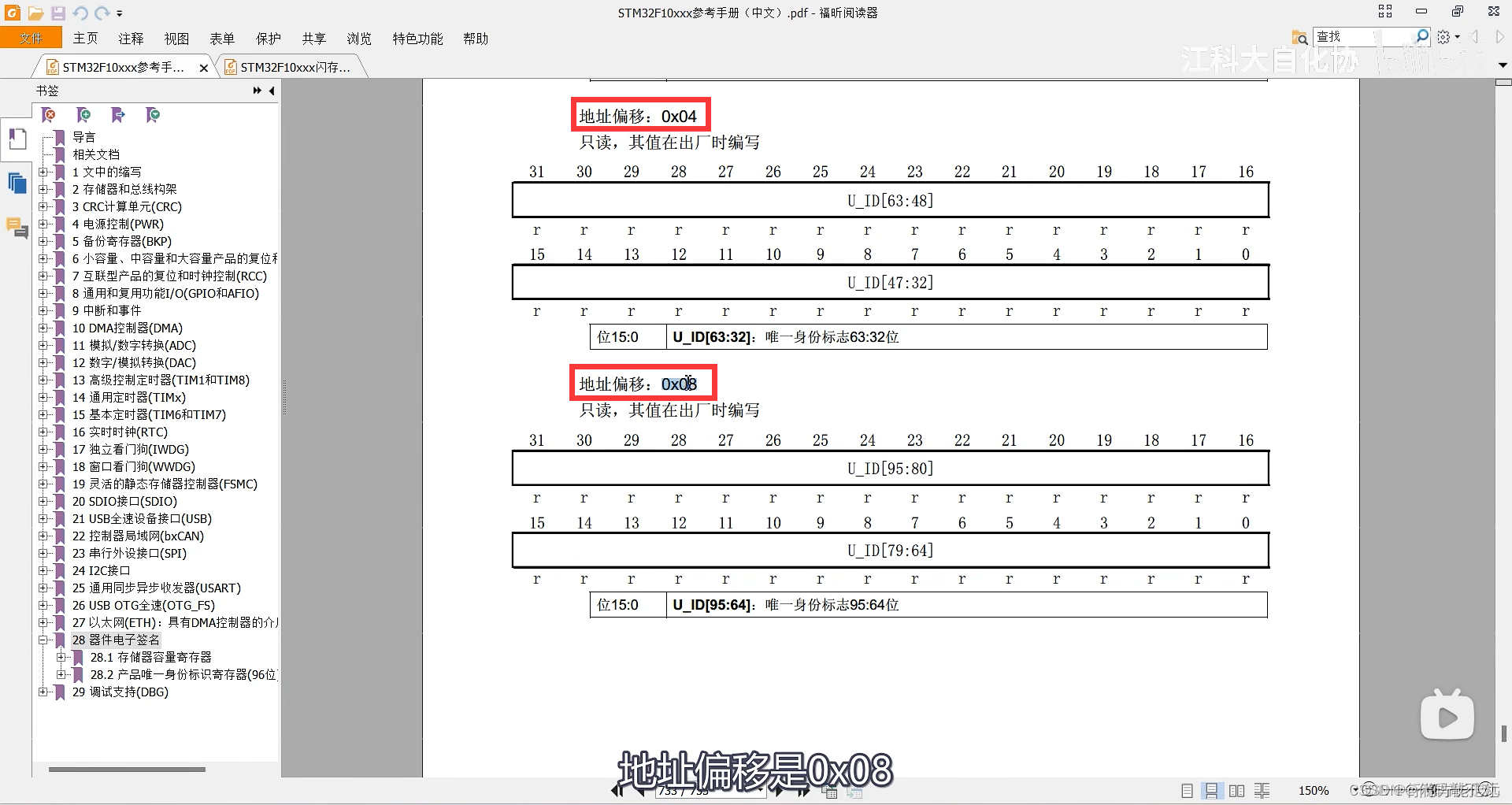
![[机缘参悟-200] - 对自然、人性、人生、人心、人际、企业、社会、宇宙全面系统的感悟 - 全图解](https://img-blog.csdnimg.cn/direct/e55374bc4a61433e96739f6463880ba3.png)

